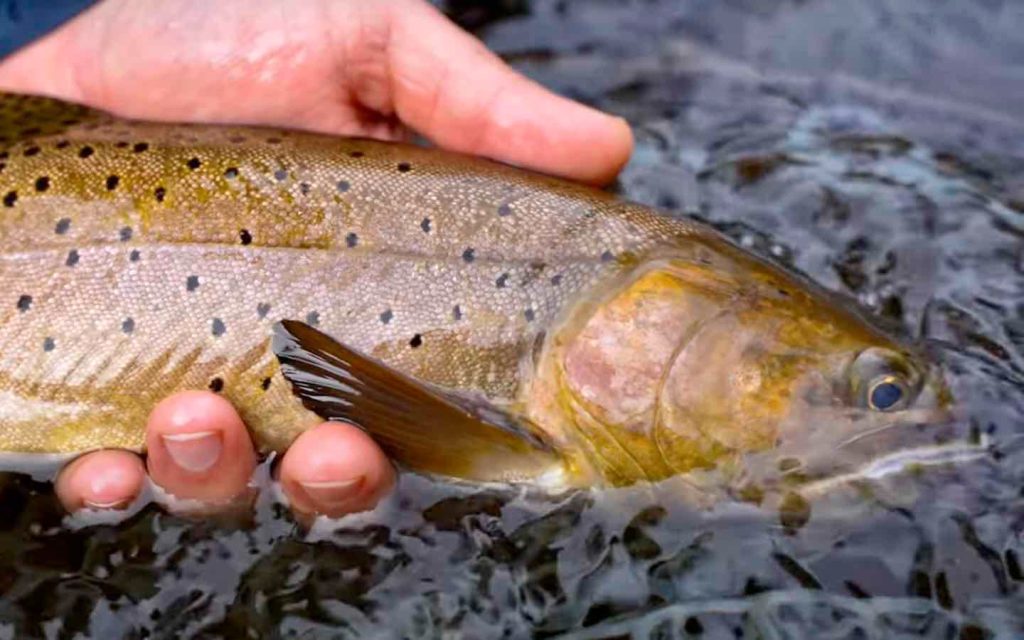Ospreys and Trout Behavior
 In a recent story over in Fly Fisherman Magazine, outdoor writer Glenn Zinkus did a fantastic job highlighting a potential new problem facing some fisheries. Osprey populations used to be low on Oregon’s famed Deschutes River, but efforts to help save them over the past 50 years have resulted in booming populations. And guides on the Deschutes say that the ospreys are changing the way trout feed.
In a recent story over in Fly Fisherman Magazine, outdoor writer Glenn Zinkus did a fantastic job highlighting a potential new problem facing some fisheries. Osprey populations used to be low on Oregon’s famed Deschutes River, but efforts to help save them over the past 50 years have resulted in booming populations. And guides on the Deschutes say that the ospreys are changing the way trout feed.
Instead of rising recklessly to big hatches of mayflies and caddis, trout in the Deschutes are more wary. They rise under the cover of trees, and rarely suspend to eat high in the water column. According to Zinkus, some guides attribute this change in behavior to the increased populations of ospreys, which are an incredibly efficient predator.
Other people, however, point to changes in the Deschutes ecology as the reason trout don’t feed on top the way they used to. In an effort to help bolster anadromous fish populations, dam managers on the Deschutes created devices to simulate strong currents to help guide sea-going fish to collection areas near dams. Then, those fish are hauled around the dams to continue their migration. The devices that create these stronger currents do so by drawing water from the surface of the reservoirs. That water is warmer, and that warmer water has changed the makeup of aquatic insect life in the Deschutes.
Either way, trout behavior on the river has changed, and Zinkus does an excellent job of examining each side of this potential issue. It’s yet another reminder of just how complex nature is, and how any actions we take to “help” need to be as thought out as possible.
You can read the story here.
Searching For The Lost Yellowfin Cutthroat
Colorado's Tarryall Creek Permanently Preserved











